8. Eternity and a Day (1998)
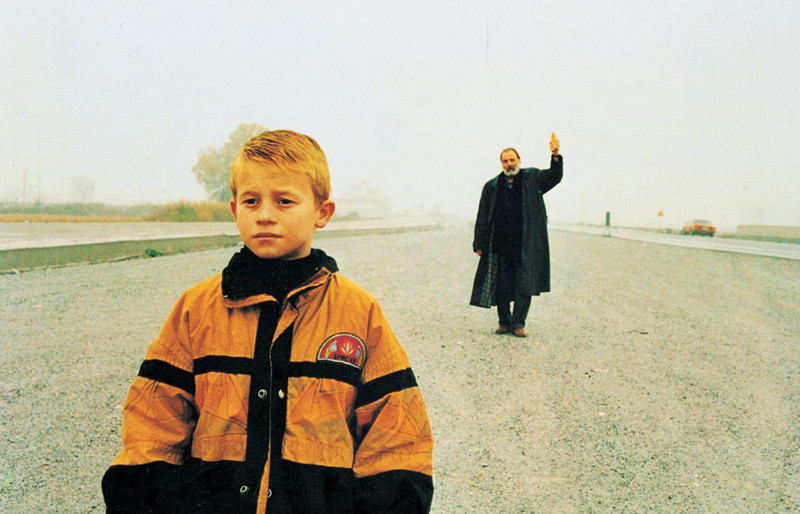
“Eternity and a Day” is a film that tries to perceive the boundary between life and death. It follows the last day of the award-winning writer Alexander, who learned that he has a very short life and is prepared to leave his house by the beach, remembering his wife, mother, and the old days.
The film abstracts the concept of time, by editing the past and the present intertwine. On the other hand, it touches on how even individuals who live free throughout their lives are captured by time.
Director Theo Angelopoulos also creates a staggering irony with Alexander’s friendship, which started with a small Albanian child, to show that different ethnicities or geographic boundaries can’t interfere with human relations.
One of the most original examples of poetic cinema, “Eternity and a Day” is surely one of Angelopoulos’ masterpieces.
7. Uncle Boonmee Who Can Recall His Past Lives (2010)
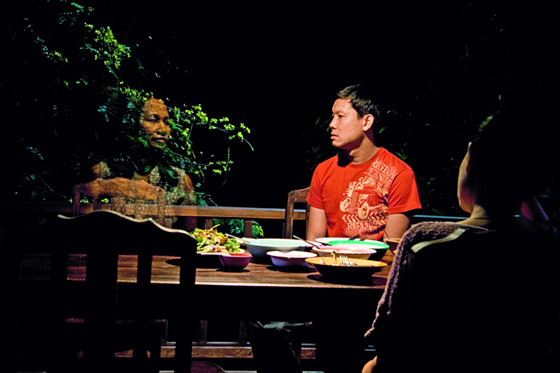
Returning with the Palme d’Or award from the 2010 Cannes Film Festival, “Uncle Boonmee Who Recall His Past Lives” is like a calm and strange dream.
In the story of Boonmee, who spends his last days with his family in the field house due to kidney failure, the history of his country, politics, life, death and beliefs are questioned with monologues.
While elements such as mystical events, ghosts, monkey-like people, Buddhism, and reincarnation symbolically strengthen this meditative narrative, director Apichatpong Weerasethakul invites the audience to an extremely weird, fantastic, and surprising cinematic experience.
Like many films of A. Weerasethakul, “Uncle Boonmee” has a structure that can only be grasped with the elements of cinema. It is an excellent piece that demands active participation without imposing anything on its audience and enables them to find their own answers in this peaceful journey, where even death is embraced.
6. Elephant (2003)

Returning from the Cannes Film Festival in 2003 with the Palme d’Or and Best Director award, “Elephant” is a very striking film.
Inspired by school murders in America, it explains the causes of these murders in the social infrastructure through ordinary everyday life.
Gus Van Sant makes the camera “the eye of the audience” by showing how Watt High School has turned into a horrible place in one ordinary day, with repeated long takes from the perspective of different characters. By following them with his camera, he introduces the characters very well and makes it easier for us to get closer to the events.
While “Elephant” reflects the potential of the massacre in a generation exposed to a large number of perplexing stimuli, it also points to adults who raise these young people.
5. Japón (2002)
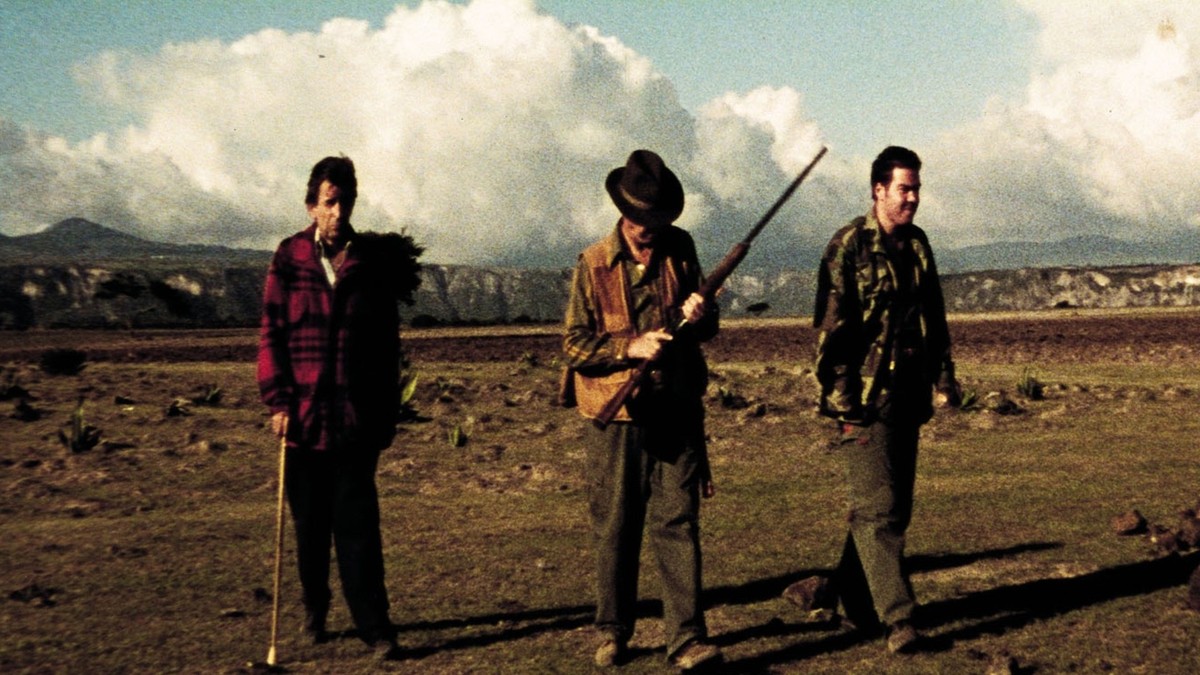
Carlos Reygadas’ first feature film is one of the most authentic examples of pure and minimalist cinema.
“Japón,” which tells the journey of a middle-aged painter who cannot get rid of the chaos of city life and can no longer lift the burdens of modernity and seek peace, builds a hard and sincere narrative through its impressionist camera and long take sequences which is like a documentary.
Focusing on a character who gives up suicide by realizing that life is actually blessed with death, Reygadas’ fabulous film has bold and uncompromising scenes that give an enormous sense of cinema.
Standing out with its wide shots that emphasize the gloom, loneliness, and openness, “Japón” is the best film of Reygadas with its symbolic language, religious references, and mystical music.
4. The Sacrifice (1986)
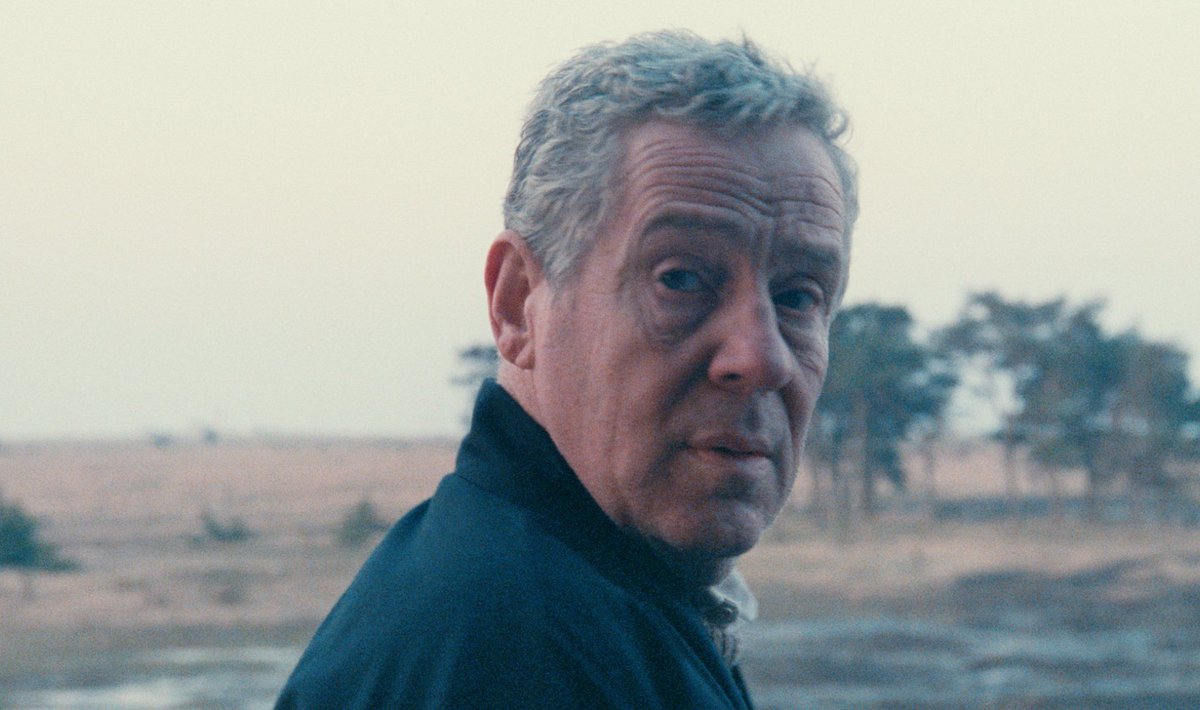
“The Sacrifice” is the last word of Tarkovsky, who uses art to seek truth and highlight the suffering of the human spirit. It’s a testament to humanity that surrendered to materialism, spiritually collapsed.
The birthday of journalist, actor, and philosopher Alexander leads to the great meeting of the family. The man, who spends the day talking to his son about modern life and spirituality, embarks on a serious reckoning with the onset of nuclear war in the evening.
While it questions many concepts such as metaphysics, spirit, aesthetics, nihilism, and death, it also feeds from the contrast between existentialism and faith by visiting Heidegger, Shakespeare, Dostoevsky, and Nietzsche.
Andrei Tarkovsky’s signature long takes, successful use of natural light, philosophical depth, and unique atmosphere leads his last masterpiece to become one of the most special films in history.
3. Children of Men (2005)
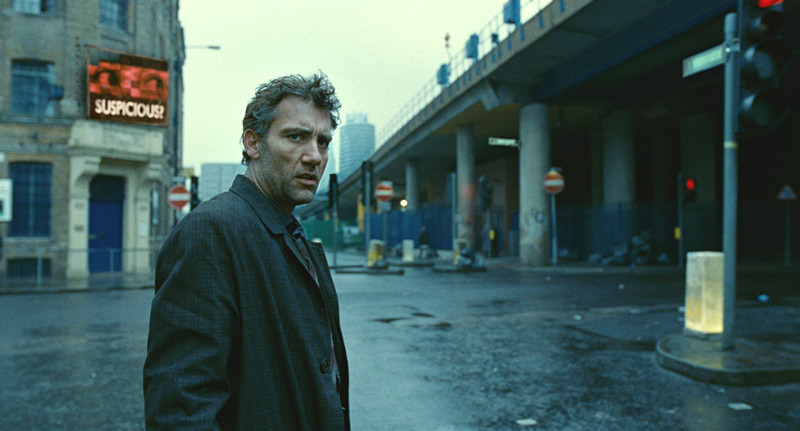
“Children of Men,” the modern classic of Alfonso Cuaron, is one of the most shocking and memorable examples of dystopian cinema.
The story takes place in 2027. The last child was born in 2009 and was killed at the age of 18 as a result of a terrifying incident. Women can’t have children in a way that we cannot find out why. While the extinction of the human population is unstoppable, the third world countries are ruined in poverty. In all of this, Theo tries to keep the miraculously pregnant Kee away from everything.
The technical competence product long takes, which is a very powerful factor for the sense of reality, is combined with place designs, set decoration, and the costumes, and this harmony creates a unique atmosphere.
Emmanuel Lubezki, one of the best cinematographers of today, strengthens Cuaron’s flawless mise en scene, and “Children of Men” turns into a modern masterpiece.
2. Victoria (2015)
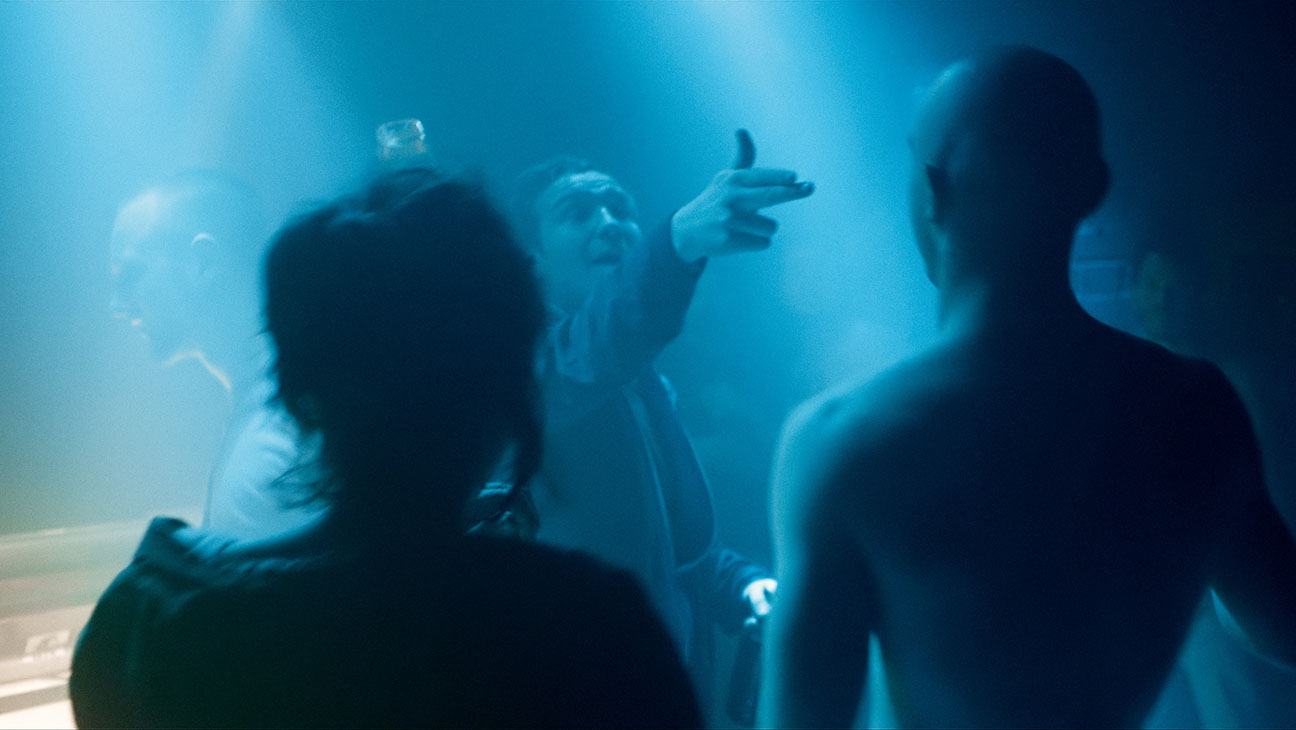
The 140-minute long “Victoria,” which was shot in one take without any interruption, brought the Silver Bear to cinematographer Sturla Brandth Grøvlen at the main competition of the Berlin Film Festival.
Victoria, a young Spanish woman who has been living in Berlin for three months, meets four Berliners while leaving the nightclub in the morning. Starting to hang out with young men, Victoria finds herself in the middle of a bank robbery before the first light of the day.
In addition to being a daring formal experiment, it is one of the most successful films of recent years with improvisational dialogues, a strong atmosphere, and the performances of the leading actors who match perfectly.
Even in the indoor and outdoor changes in the film, the sense of rhythm does not disappear for a moment. Director Sebastian Schipper creates a very unstable and uncanny narrative in the contrast of night and morning.
The camera that follows Victoria during the film leaves her alone in the end, and this is perhaps a kind of cinematic reflection of hope in her future journey.
1. Russian Ark (2002)
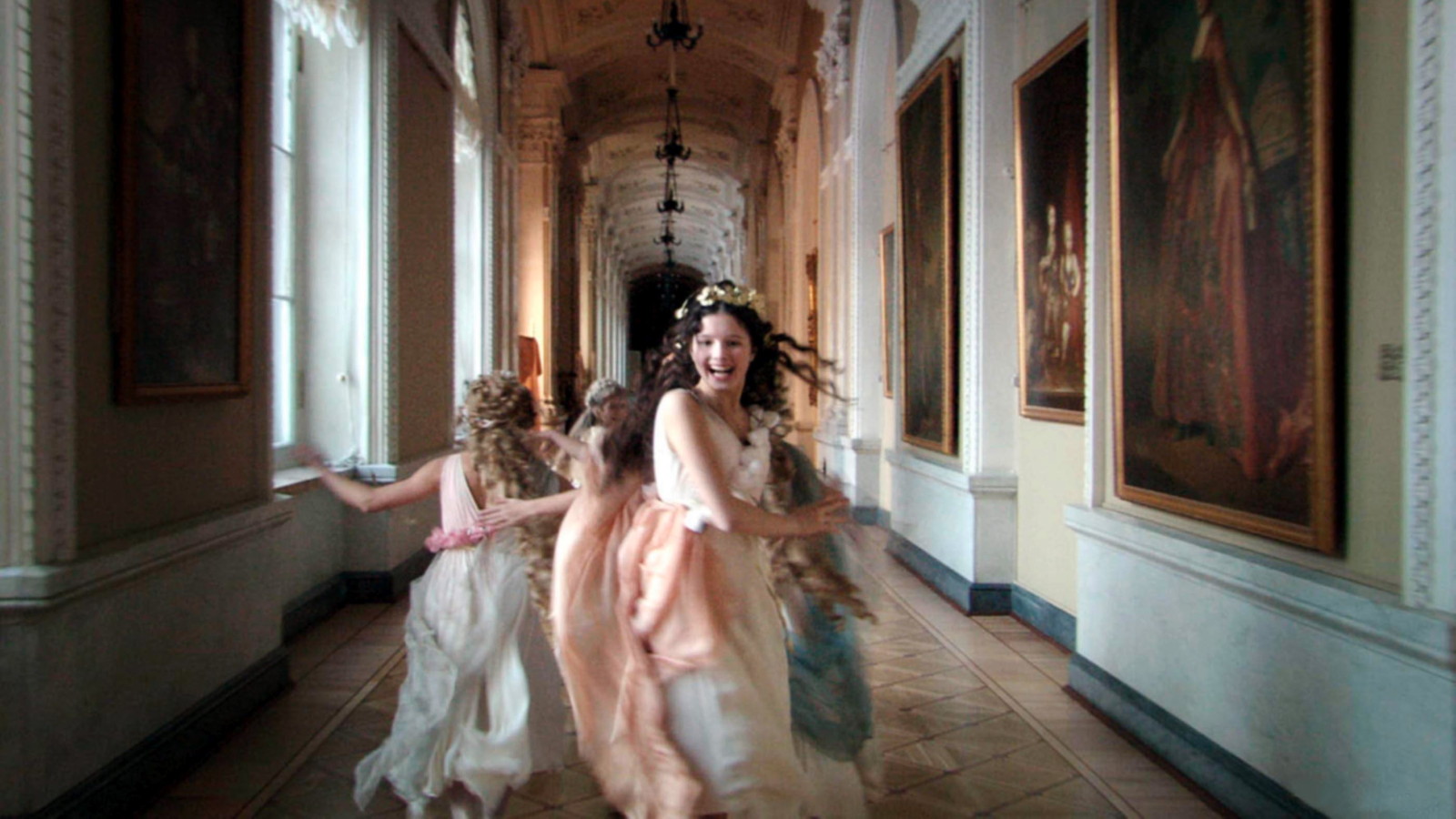
“Russian Ark,” shot by Aleksandr Sokurov, one of the leading directors of recent Russian cinema, is the best example of one-take films.
In the film, which is accompanied by three live orchestras and two thousand members, Sokurov sheds light on Russia’s last 300 years of history by following a European diplomat.
While Custine draws a portrait of an opposing personality that belittles Russia, the invisible lead character always defends his country against the European “stranger.” Thanks to these two opposing perspectives, Sokurov manages to look at Russia both from inside and outside.
It is possible to perceive “Russian Ark” as a nation’s questioning itself. The way of dealing with the issue of belonging and identity brings to mind Russian classic novels. It brings a sincere questioning of the place of Russian civilization in world history.